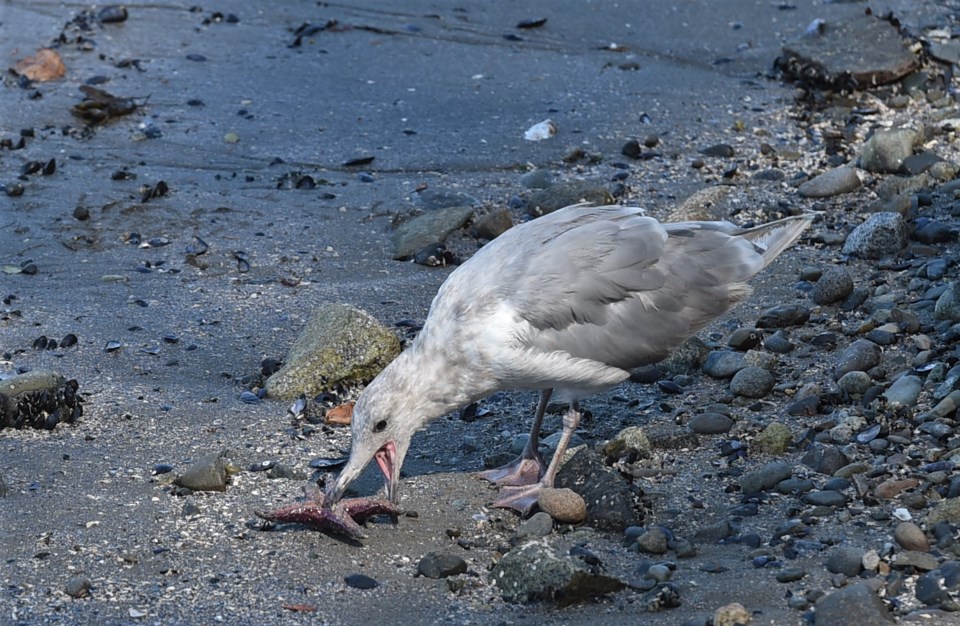We are into the last days of July, and the world has gone quiet. Through April, May, June and early July, I have written these articles while listening to the accompaniment of the song of my local garden birds. Today, there is silence. In early April there was the distinctive rattle of orange-crowned warblers, in May, western tanagers, black-headed grosbeaks and black-throated gray warblers, and in June the loud song of my breeding house wren. During July, birdsong gradually peters out from the frenetic highs of May and June until by late month it is virtually non-existent. Male birds sing to attract a mate and to establish their breeding territory. When these activities are completed for the year, it no longer serves a purpose, and is counterproductive as it attracts predators. After the singing season, bird vocalisations are confined to other utilitarian aspects such as location calls and alarm calls. There are a couple of exceptions to the above, and our resident house finches may sing year-round.
In the absence of song, birders turn their attention away from the land, back to the shorelines and saltwater. Beginning in July, as many as 30 species of shorebirds may pass through the Sunshine Coast. Most shorebirds breed in the high latitudes of the boreal forest and the Arctic, and many make long migrations, some as far south as Patagonia. Almost all of them are dependent on the rich feeding habitat of estuarine mudflats to fuel their migration. Locally, the Wilson Creek estuary, the head of Porpoise Bay, and Oyster Bay in Pender Harbour are the critical locations. The Fraser Delta is one of the most critically important habitats in the world for shorebirds, hosting hundreds of thousands of birds at all seasons. One subset of the shorebirds are those dependent on rocky shorelines, and of these, the first returning surfbirds were reported at Mission Point on July 22. One species of particular interest is the wandering tattler, only found on offshore, wave-washed reefs.
Along with the shorebirds, but coming from a different direction (east) is the arrival of numerous gull species. During the early summer, almost all gulls on the Sunshine Coast are glaucous-winged gulls. Beginning in mid-July, gulls return to the Coast from breeding areas east of the Coast Range and east of the Rockies. Numbers and diversity of gulls are increasing in Porpoise Bay and Mission Point as California, ring-billed, short-billed and Bonaparte’s gulls arrive. There has also been one report of Heermann’s gull, a scarce summer visitor that infiltrates from the south.
Rare birds reported (and photographed) in July are a green heron at Sargeant Bay and Costa’s hummingbird in Gibsons.
To report your sightings or questions contact [email protected] or 604-885-5539. Good Birding.




